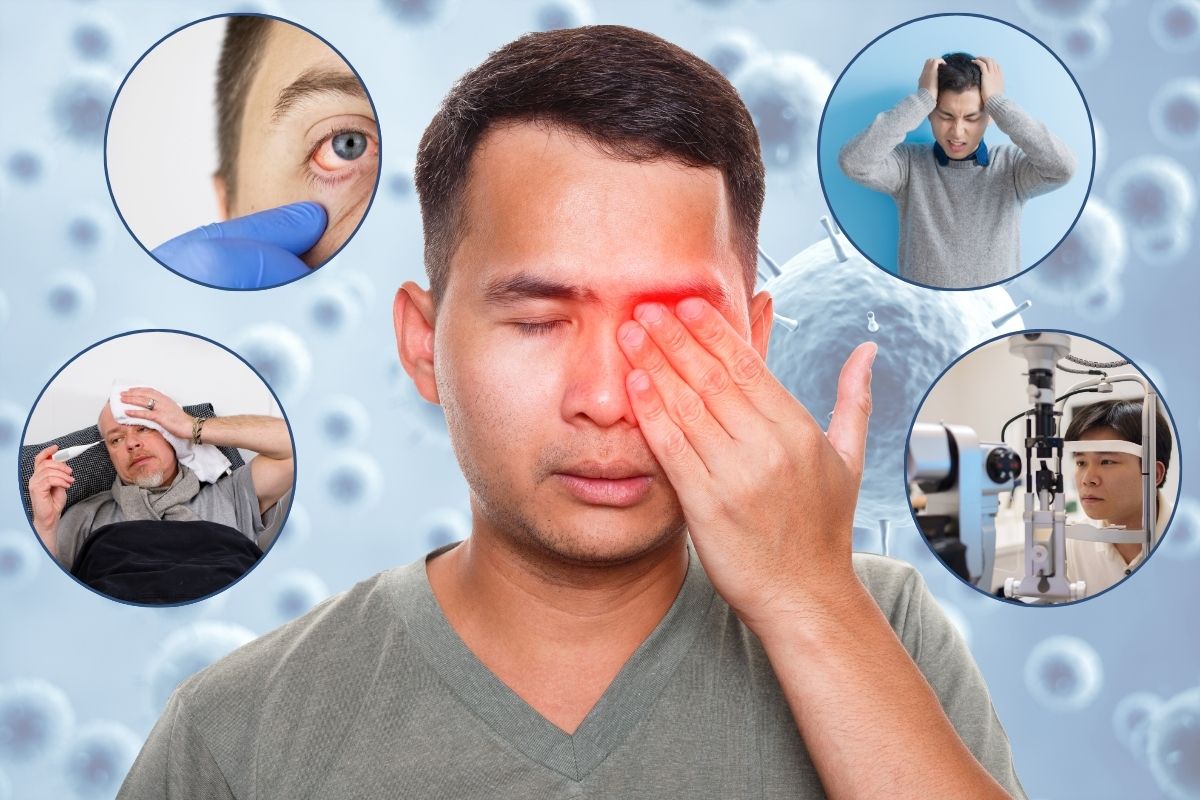


Mucormycosis, commonly known as black fungus, is a serious fungal infection that can prove deadly. It is spawned from a type of mould called mucormycetes. Most patients suffering from this infection are the ones who have weak immune systems, like diabetes patients, cancer patients undergoing chemotherapy, or any other severely immunocompromised patient. Though this infection is not as common, an increasing amount of black fungus infections in India, notably during the COVID-19 pandemic, have raised a lot of eyebrows. Seeking medical help on time can save patients from enduring severe tissue damage, becoming blind, or even dying from it.
Table of Contents
ToggleBlack fungus is caused by the Mucorales group of moulds, which are easily found in the soil, decaying plants, and any organic material. These spores can enter the human body through several pathways, like inhalation, ingestion, or even a broken skin. In general, mucormycosis is not an easily spreadable infection, but to a severely immunocompromised person, it can cause severe harm. The infection has the potential to progress rapidly and spread to different organs such as skin, lungs, sinuses, and even the brain as well as the eyes.
The signs of black fungus infection may differ based on the parts of the body that are affected. Some specific forms of mucormycosis are sinus and nasal mucormycosis, pulmonary mucormycosis, cutaneous mucormycosis, and ocular mucormycosis. Some of the main symptoms regarding each infection are listed below:
This is one of the most usual forms of black fungus infection. It generally begins from the paranasal sinuses and can move to the ocular and cerebral regions.
Mucormycosis is a fungal infection that occurs in lung tissues and is mostly seen in people with diabetes, cancer, or other disorders that compromise the immune system.
Cutaneous mucormycosis is usually due to direct contact with a person carrying the infection or some skin malignancy. Therefore, people with ongoing cuts, burns, or deteriorated skin are at higher risk.
Mucormycosis that affects the eye is also called ocular mucormycosis, and this may lead to loss of vision if not treated.
If the black fungus spreads to the brain, it can lead to cerebral mucormycosis, a life-threatening condition.
Certain factors increase the likelihood of contracting black fungus. These risk factors include:
Treatment for black fungus infection generally involves a combination of antifungal medications and, in some cases, surgery. The primary treatments include:
Infection of the black fungus can lead to complications such as tissue death, blindness, and even death. In order to recognise and treat mucormycosis on time, it is essential to learn about the symptoms. If you or anyone in your vicinity has a black fungus infection, consult a doctor immediately. The sooner recovery is sought, especially in the case of this type of infection, the better the results will be. Antifungal medication along with surgery are other forms of treatment that can assist in recovery as well.

